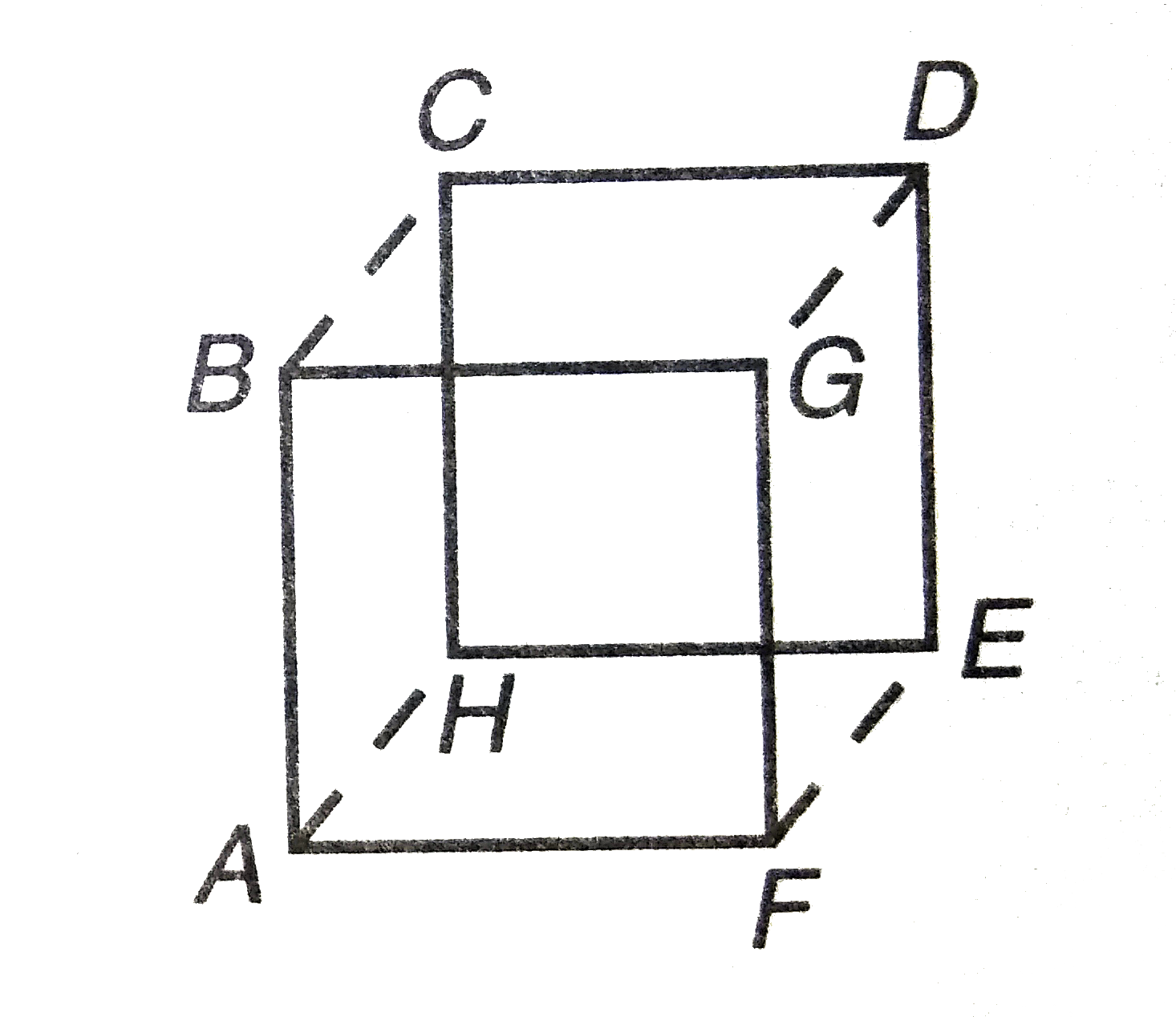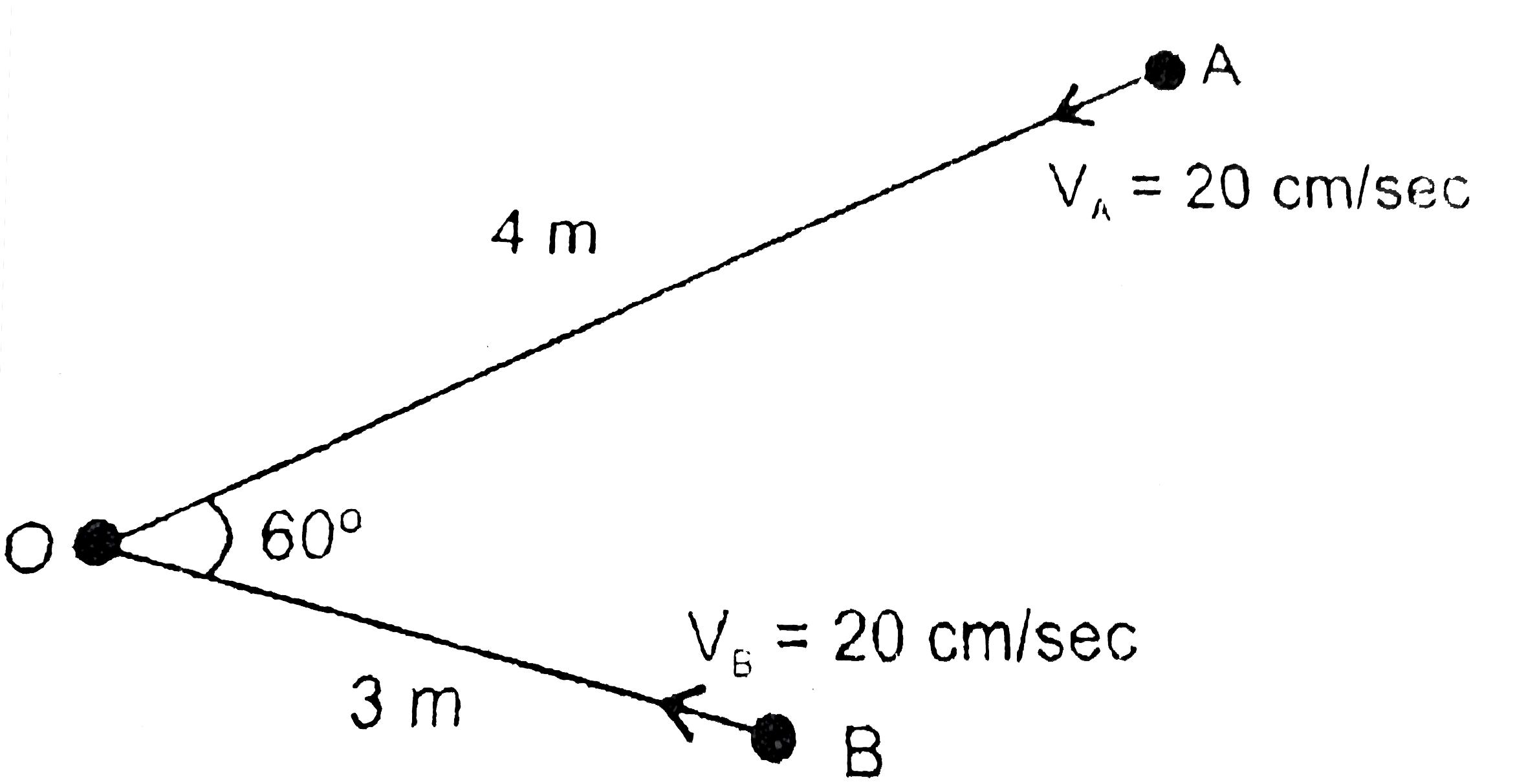Light always takes the path that requires the shortest distance.
To determine whether the statement "Light always takes the path that requires the shortest distance" is true or false, we can analyze the behavior of light in terms of its travel time and the principles of optics.
1. Understanding the Statement: The statement suggests that light travels the shortest distance between two points. We need to clarify whether this is true in all circumstances.
2. Principle of Least Time: According to Fermat's Principle of Least Time, light travels between two points along the path that takes the least time, not necessarily the shortest distance. This means that light may take a longer path if it results in a shorter travel time.
3. Refraction of Light: When light passes from one medium to another (like air to water), it changes speed due to the different refractive indices of the two media. This change in speed causes light to bend, which can lead to a longer path in terms of distance but a shorter path in terms of time.
4. Conclusion: Therefore, the statement "Light always takes the path that requires the shortest distance" is false. Light takes the path that minimizes travel time, which may not always correspond to the shortest distance.
Final Answer:
The statement is false.
---
The statement is false.
Similar Questions
Assertion: Distance is a actual length of the path but displacement is a shortest distance between initial and final position.
Reason: Distance is a scalar quantity and it is always positive but displacement is a vector quantity. It may be positive, negative or zero.
View SolutionTo cross the river in shortest distance, a swimmer should swimming an angle θ with the upsteram. What is the ratio of the time taken to swim across in the shortest time to that in swimming across over shortest distance. [Asume that the speed of swimmer in still water is greater than the speed of river flow]
View Solution
Knowledge Check

In the figure above, if the edge length of the cube is 4, what is the shortest distance from A to D?A4√2B4√3C8D4√2÷4
A swimmer can swim in still water with speed v and the river is flowing with speed v/2. What is the ratio of the time taken to swimming across the river in shortest time to that of swimming across the river over the shortest distance ?
View SolutionA boatman finds that he can save 6s in crossing a river by the quickest path than by the shortest path. If the velocity of the boat and the river be, respectively, 17ms−1and8ms−1, find the river width.
View SolutionTwo particles move with constant velocities towards point O along straight lines in a plane as shown. The shortest distance A and B is

View SolutionThe velocity of a boat in still water is 10 m/s. If water flows in the river with a velocity of 6 m/s what is the difference in times taken to cross the river in the shortest path and the shortest time. The width of the river is 80 m.
View SolutionThe mean free path of a gas molecule is the distance
View SolutionIf →a,→b,→c are position vectors of the non- collinear points A, B, C respectively, the shortest distance of A from BC is
View SolutionIt takes 5 years for light to reach the earth from a star. Express the distance of star from the earth in (i) light year, (ii) km . Take speed of light =3×108ms−1 and 1year=3.153×107 s
View Solution
